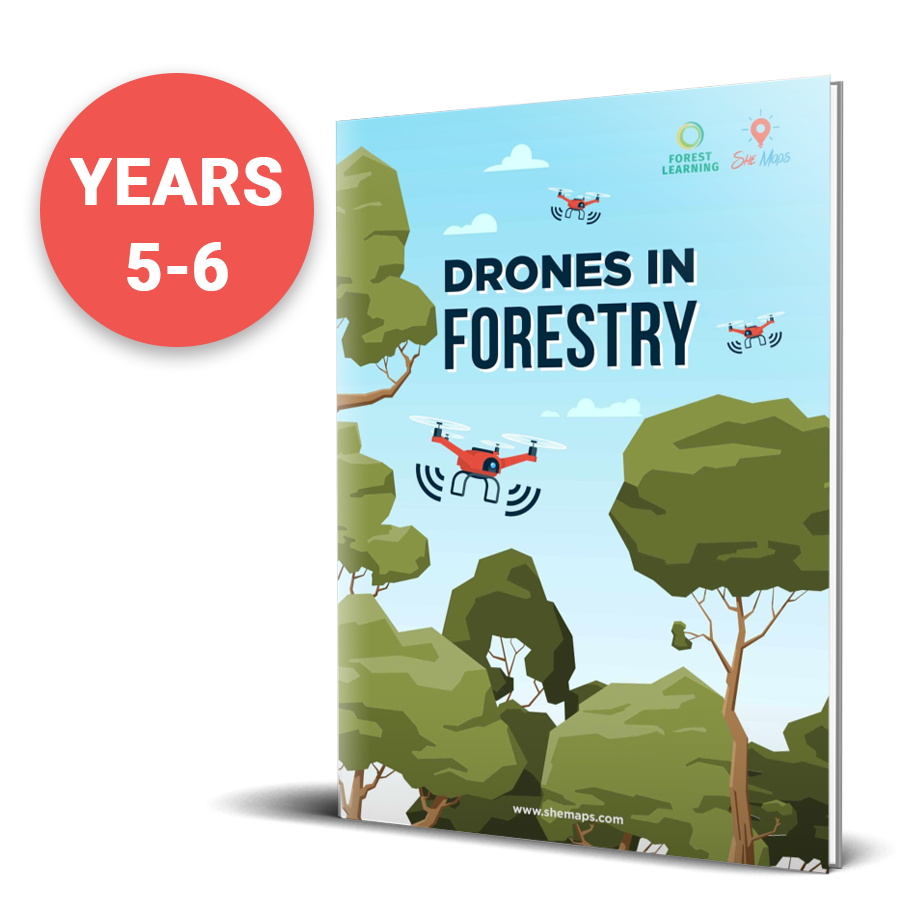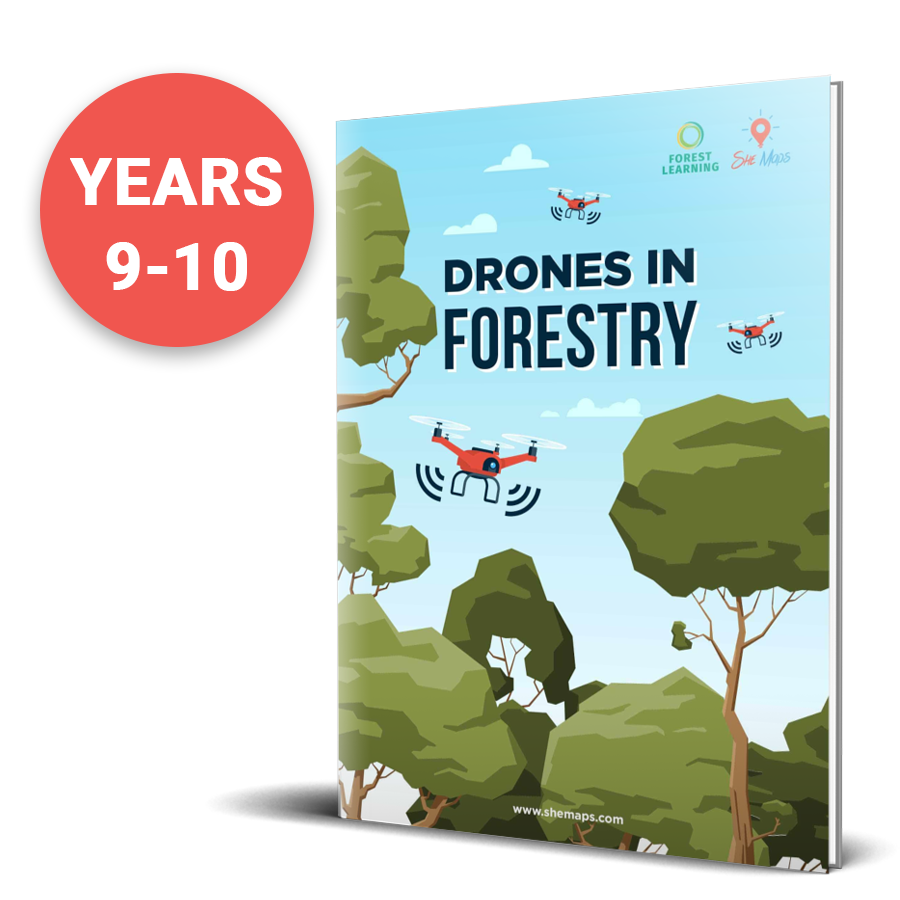Main Menu
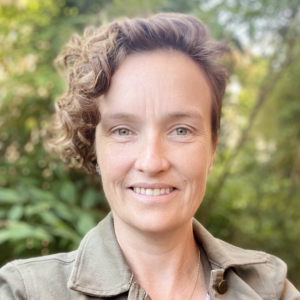
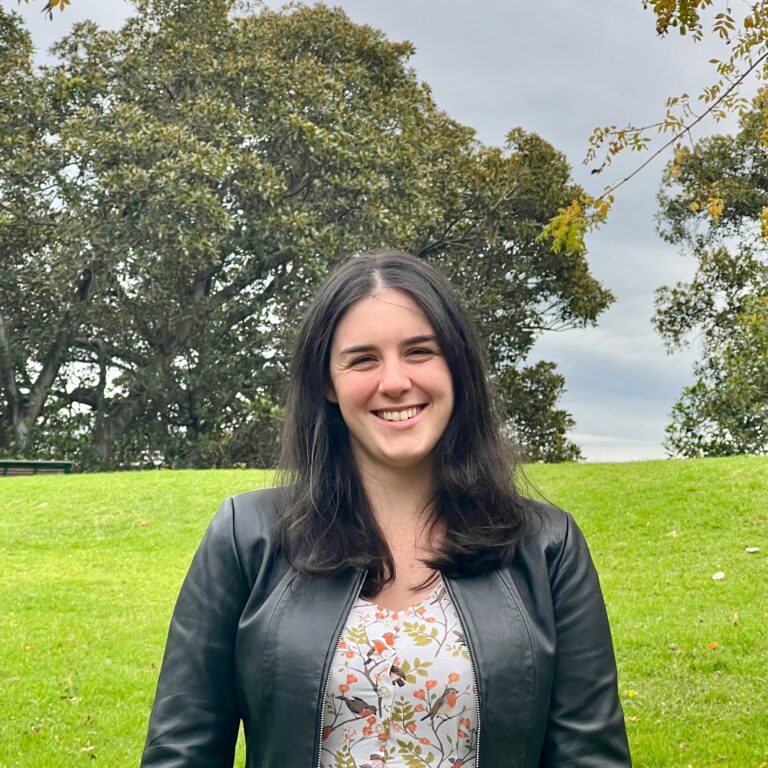
Dr Caitlin Adams works as a Senior Data Scientist at FrontierSI, applying machine learning to remote sensing data to improve the development of spatial data in Australia and internationally.
Caitlin is a deeply creative thinker with a passion for solving the complex problems humanity faces. She is a passionate, hard-working, and considerate person who deeply appreciates learning from and teaching others. After completing a Bachelor of Science (Honours) at the University of Queensland, Caitlin obtained her Ph.D. in Astrophysics at Swinburne University of Technology.
When Caitlin was at school, she had no idea what she wanted to do for a career. She wasn’t a fan of memorising facts and figures and loved Physics because it helped explain how things work in the world around us (plus there was no memorising involved!) Her love of physics led her to study a Bachelor of Science as her undergraduate degree where she majored in Physics. It was during this time that Caitlin discovered how much she loved Astrophysics.
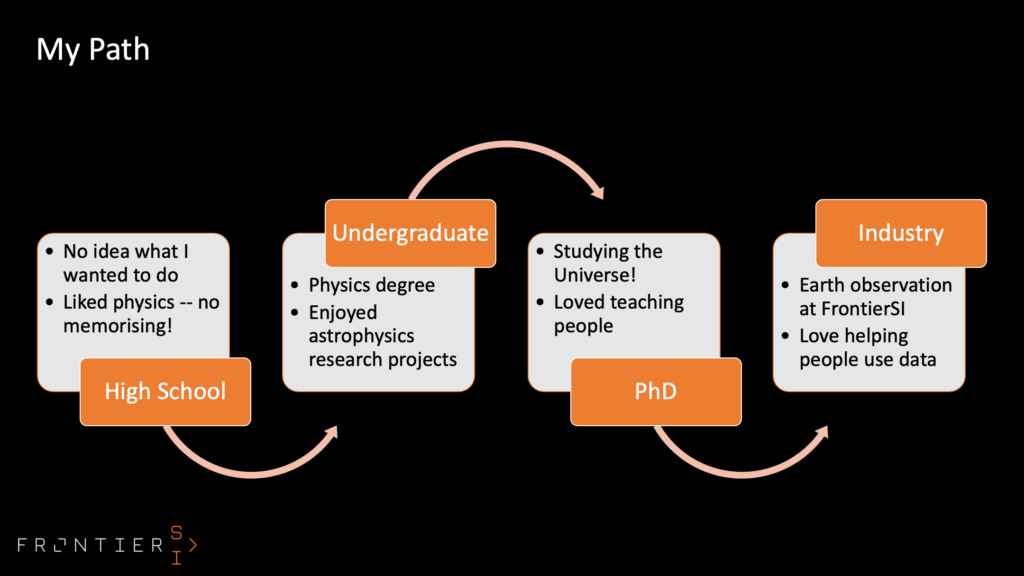
Caitlin concentrated on Astrophysics for her post-graduate studies and completed a Ph.D. Her passion was studying the universe and Caitlin discovered that she loved teaching people what she knew. So armed with her Ph.D in Astrophysics Caitlin headed out into the world of work and landed a position in Earth observation at FrontierSI where instead of looking out at the universe, she focussed inward on Planet Earth. It was at FrontierSI that Caitlin discovered that she loved helping people make sense of the world around them through geospatial data analysis.
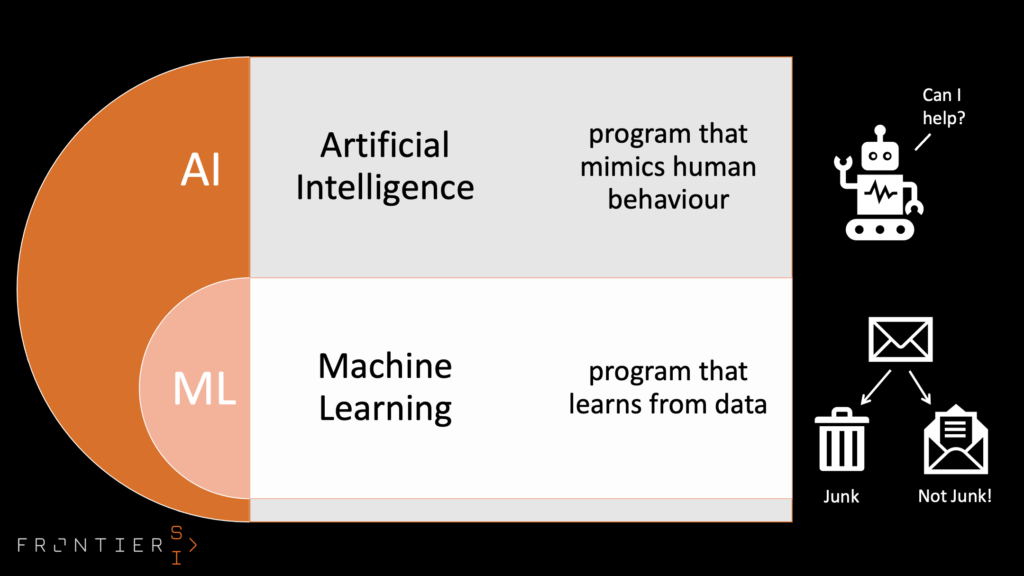
Data takes a long time to clean up and process so Caitlin and her team accessed machine learning technologies to help them in a very important task – mapping the vegetation of the state of Victoria.
You might have heard of machine learning and think it’s the same as artificial intelligence. Caitlin explains the difference between the two for us.
Artificial intelligence is a program that mimics human behaviour such as a chat-bot. You might not even realise that you’re not talking to a real person when using the chat function on a website.
Machine learning is different. It doesn’t just mimic, it learns. By training a computer with lots of images a computer can learn to recognise something in an image and tag it to help with classification. Have you ever had to identify all the traffic lights in a series of pictures so you can progress on a website or verify you’re human? This Captcha technology is a form of machine learning and you’re helping train the computer to recognise traffic lights.
Caitlin and her team trained computers to recognise images of vegetation from satellite imagery as part of the DELWP project to update spatial data for the Vicmap Vegetation product. The data helps town planners and Policy makers understand changes in urban heat models and assess fire hazards. The main problem was that the map hadn’t been updated since 2001!
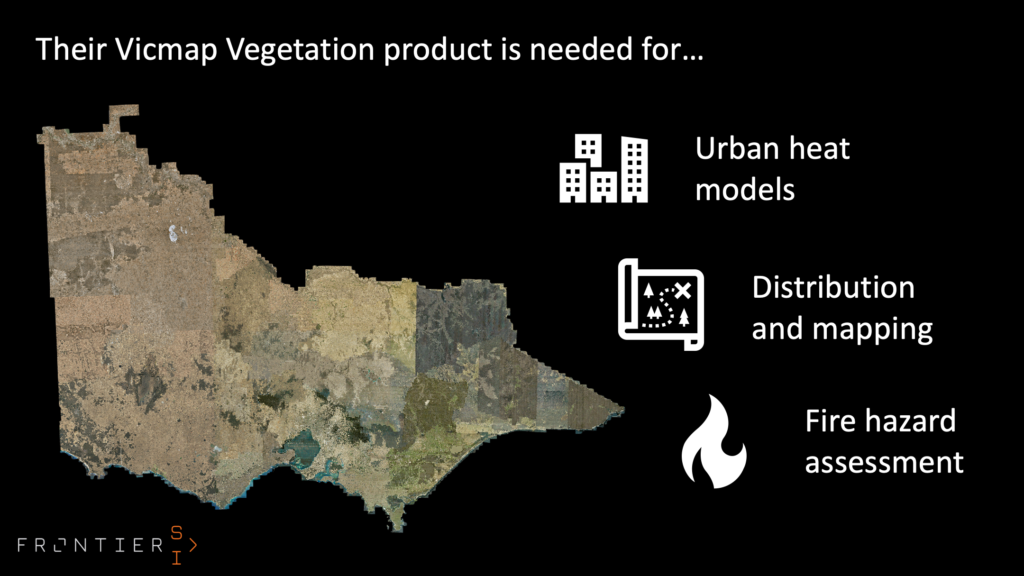
Caitlin and her team compiled imagery and looked for patterns in the data to define what rules were needed to train the computers to recognise clusters of vegetation. They then trained and tested the computer systems until they were sure they had a robust system. They adapted a similar system and taught it with their imagery.
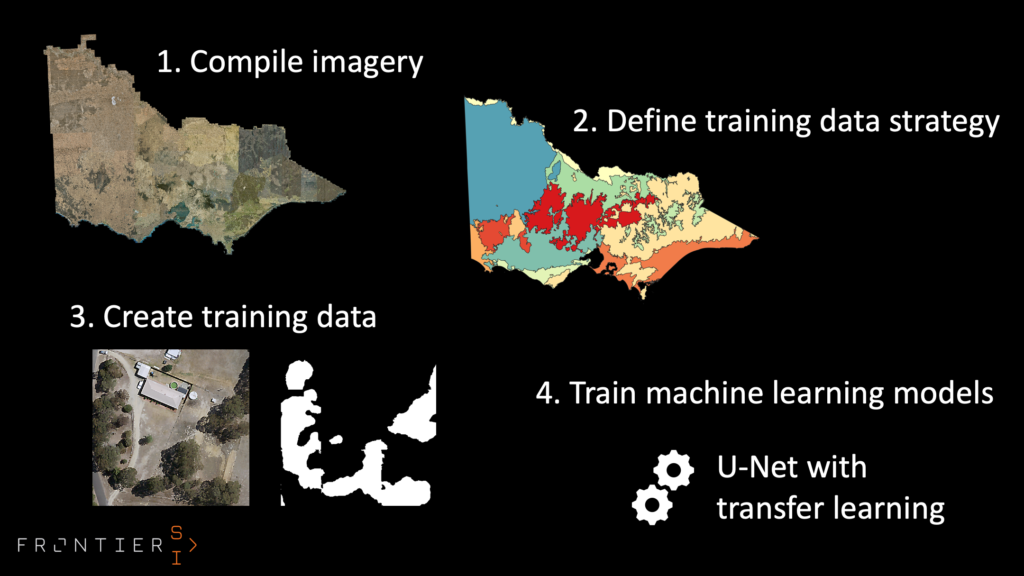
Instead of taking 100 staff two years to process the data, they managed to process 37.5 terabytes of data in just two weeks! They had a performance score of 80% so there is always room for improvement but we think that is very impressive.
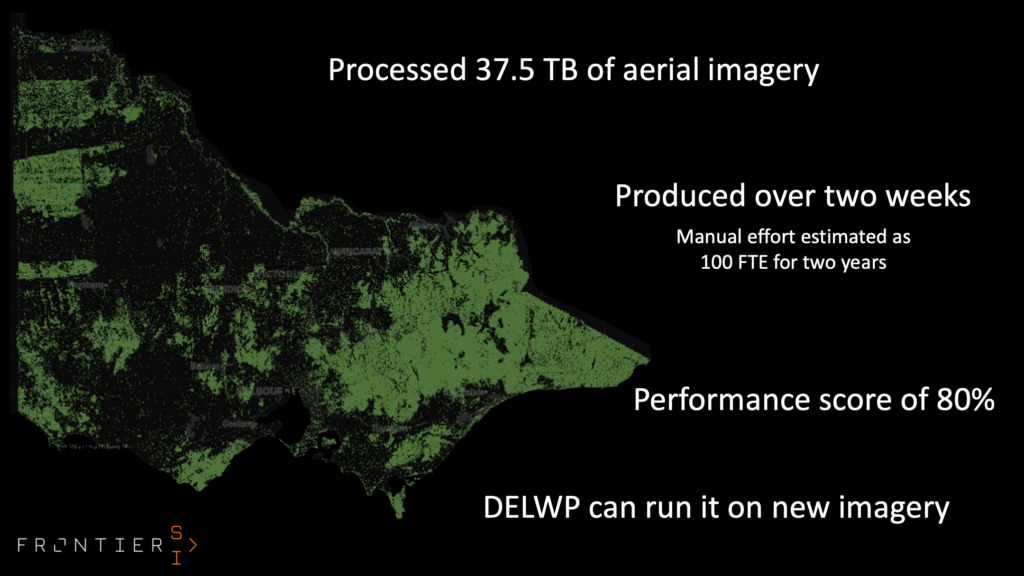
Want to learn more about how Caitlin and her team completed the task? Watch the following video to view our STEMinar with Dr Caitlin Adams. If you’re interested in viewing the data, check it out on Victoria’s Digital Twin.
She Maps is Australia’s leading expert in drone and geospatial education.
She Maps assist schools with the purchasing of drones, school-industry created drone and geospatial teaching resources and highly supportive teacher professional development.
Ready to buy drones for your school? We are an authorised DJI reseller in Australia

Subscribe by email and never miss a blog post or announcement.

She Maps aims to bring much needed diversity and support to STEM. We do this by providing drone and geospatial programs to teachers and schools across the globe.
At She Maps we acknowledge the Traditional Custodians of Country throughout Australia and their connections to land, sea, and community. We pay our respect to their Elders past and present and extend that respect to all Aboriginal and Torres Strait Islander peoples today.
Aboriginal and Torres Strait Islander peoples are advised that this site may contain names, voices, or images of people who have passed away.
Take our resources for a spin and join the thousands of teachers who love our ready-to-teach classroom materials. Try one of our complete units of work for free.
